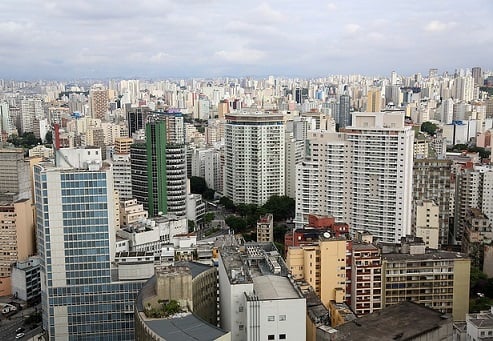The commercial segment is chugging along, but a new report warns that it might not stay that way

In early January, Avison Young released its 2018 North America and Europe Commercial Real Estate Forecast, which predicted a dynamic future for the Canadian commercial real estate segment, albeit with some potential speed bumps along the way.
“Office leasing fundamentals are reasonably sound, and even the challenged markets in Calgary and Edmonton are showing promise,” said Bill Argeropoulos, principal and practice leader for Canada research at Avison Young. “Across the board, demand from traditional sectors is now augmented by growth in the tech sector and the increasingly prominent co-working movement, which is taking a larger share of the leasing pie.”
However, Argeropoulos warned that “despite the favourable market conditions, there is a sense that we are late in the cycle and a slowdown is inevitable … The commercial real estate sector is having to re-evaluate challenges and opportunities in a technologically transforming world.”
Canada’s overall office vacancy rate increased by 20 basis points year-over-year to 11.8% near the end of 2017, which can be attributed to ongoing imbalances in supply and demand. Avison Young predicted that uneven demand and a healthy development pipeline will see vacancy rise by varying degrees in five of 11 markets and lift Canada’s overall office vacancy rate to 12.2% by year-end 2018.
Avison Young expects the industrial market to remain strong, despite the ongoing shift from bricks-and-mortar retail to e-commerce. The firm predicted a nationwide industrial vacancy rate below 4% in 2018.
The report also observed that investment in Canadian real estate shows no signs of slowing down, despite lack of product, the lateness of the investment cycle and rising interest rates.
“It was another record year in 2017 for investment, with an estimated $32 billion worth of property changing hands in Canada’s major markets and asset classes through mid-December,” Argeropoulos said, “well above the record $28 billion in sales in 2016.”



